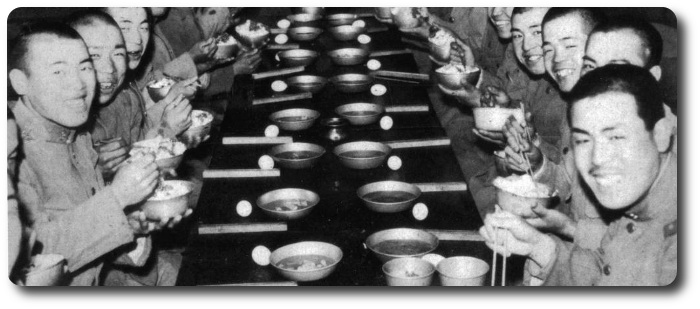Topic: Canadian Militia

Roast All Round
The Canadian Militia gets it hard in Major General Herbert's Report
Hard on Local Corps
The General's Report to Parliament Yesterday was a Sweeping Criticism of the Whole System and Does Not Reflect Any Credit on Sir Adolphe Caron's Management of the Department
The Montreal Herald, 9 April 1892
Special to The Herald
Ottawa, April 8.—General Herbert's report upon the condition of the militia, presented to Parliament to-day is of more than usual importance and is worthy of the attention of every friend of the force. To use the words of Deputy Minister Panet, "The report that the major-general has made himself conversant with the minute details, good and bad, of our present system, and the changes in certain cases which are proposed as a remedy, deserve all possible consideration."
The Deputy Minister says: "The yearly training of the whole force is of great importance, and it is to be hoped the finances of the country will soon justify an increase in our estimates for that service, so that every man in the force may be put through his annual drill."
General Herbert's Report
General Herbert condemns the administrative system of the permanent schools as in many respects defective, and marked by a want of uniformity which produces an evident evil result in the active militia. He states that he appointed a committee of officers to elaborate a uniform, practical and sound system of instruction, both in drill and administration.
While not satisfied with the condition of the permanent force, the General bore witness to the excellent work done in spite of disadvantages. The faults are ascribed to primary defects of organization. His object is to make the schools of instruction, not simply places for the acquirement of an elementary knowledge of drill, but centres of military thought where officers of militia can find encouragement and assistances in the study of military history, tactics, administration and other subjects.
The working of the militia act is condemned throughout, the general saying: "A system has grown up which is neither the volunteer nor the militia system which partakes of the faults of both, while the militia act has in many particulars become a dead letter."
Artillery the Most Efficient
The General regards the artillery as the most efficient branch of the force, the cavalry second, and the infantry lowest. He urges more practical drill for the city corps and the establishment of a volunteer reserve for each battalion, as in the event of a national emergency there exists no ready means of completing the skeleton battalions to the strength of effective tactical units. Every battalion should have issued to it the arms and accoutrements for its full war strength. The custody of arms so distributed would not entail a heavier expenditure upon the Government than does the present system, and a great source of confusion would be removed in the case of an emergency.
An Increase Not Necessary
The general is opposed to any increase in the grant for drill purposes. On this subject he says: "Under the system hitherto followed no data are available on which to base a trustworthy estimate of the cost incidental to the training of the rural militia, but it is my belief that a considerably larger force could be annually trained than has hitherto been the case, without any increase in the vote for drill and training. I am not prepared at the present to recommend any such increase of expenditure. I am satisfied that in the past, the results obtained in the militia training has not been commensurate with the expenditure and I see only in improved organization a sufficient guarantee of practical results to justify such a recommendation. I shall submit the program I have prepared for the training of the present year, providing for training of an increased quota of rural militia without an increase of the vote for that purpose.
The Equipment No Good
The whole equipment of the militia force is condemned in sweeping terms. The rifles are condemned as obsolete and useless, while the equipment is described as obsolete in pattern and suffering from age and severe usage.
"There is not," he says "a battalion that could turn out in complete marching orders in a given day, though many have at their own expense provided some of the most necessary articles. Moreover the equipment does not exist in store, which it would be necessary to issue in the event of a grave emergency. I have not inspected a single battalion in which the men's boots would have stood one month's active service, or a regiment of calvary or battery of artillery in which the saddlery and harness could be expected to bear a similar strain.
Artillery Material Defective
In the matter of artillery Material, the militia is very deficient. The eighteen field batteries are armed with guns which are still good, but there is no reserve of guns, nor is there a spare gun wheel to be had nearer than Woolwich. Of heavy guns, the Dominion does not possess a single modern specimen of the armament handed over by the Imperial Government. A large portion could not be mounted, and a part could not be fired. Those at Victoria, B.C., loaned by the Imperial Government, are not at present fit for service. There is no sufficient reserve of ammunition.
Our Defences area Dilapidated
Coming to the question of the Dominion defences, the General says: "Numerous defensive works were handed over by the Imperial Government twenty-two years ago. In many cases they have fallen into a very dilapidated condition. I have submitted proposals during the past year for the appointment of a committee of militia officers to collaborate with me in the preparation of a scheme bearing on this question. These proposals have met with the approval of the Government, and I look forward, as soon as some departmental details have been settled, to the commencement of this important work. The problem involves the consideration of the measures to be adopted, not only for the protection of a very extensive frontier, but for that also of certain points on the Pacific Coast which has recently acquired a more than ordinary importance to the Dominion. Other matters intimately connected with the questions of defence, appear to me to demand enquiry by a higher body. In the year 1862 a Royal Commission enquired into the measures to be taken for the defence of Canada. The outcome of its report presented in that year, and of certain political events occurring about that time, was the embodiment in the militia act of a form of organization based upon the requirements and resources of the North American colonies as them existing. The immense progress which has raised the Dominion of Canada to its present position, has entirely altered the social, political and strategical conditions which then existed and formed the basis of calculation.
Comments on Our Regiments
The general's comments upon Montreal's regiments are interesting. He says:
"Sixth Duke of Connaught's Hussars—The first week in camp at Farnham was wasted, the instructions not being systematized as ordered. The drill, consequently, was indifferent. General appearance of men and horses good. The regiment has some good officers and non-commissioned officers, but they would be improved by a course of systematic instruction at the Royal School Cavalry.
"First P.W. Rifles—Drill fair. The arms are in bad order. This, as well as other defects, may be attributed to the difficulties under which this battalion labored, which being now removed considerable improvement may be looked for.
"Third Victoria Rifles—Drill indifferent, probably due to the drill having been done too much in the drill shed. Arrangements should be made to continue the drill to a later date, so as to get outdoor work. Officers set a good example by being all present, and all are well instructed.
"Fifth Royal Scots—drill good but too slow, and much impaired by weakness of companies. Physical drill of the Cadets under the adjutant was first rate. Physique good and arms well kept.
"Sixth Fusiliers—Drill good. Presentation of colors, involving the practice of purely parade movements, induced excessive attention to these to the exclusion of more practical drill. Physique very good and arms well kept. Generally the best in appearance and drill of Montreal corps.
"Sixty-fifth Battalion—No pioneers nor ambulance. Nine buglers of this battalion did duty with the Sixty-fourth Battalion in camp at Laprairie without charge to the Government.
"Eighty-fifth Battalion—General appearance of this battalion very good with the exception of No. 2 company. The adjutant, Capt D'Orsonnens, is a first rate officer, but there is a want of properly qualified officers to act as instructors. Many of the men had served in the Sixty-fifth battalion, and attention is recommended to guard against evasion of the law in such cases."





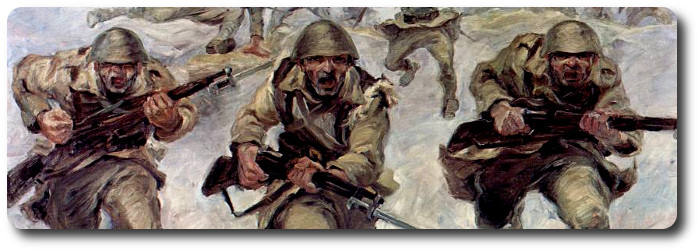
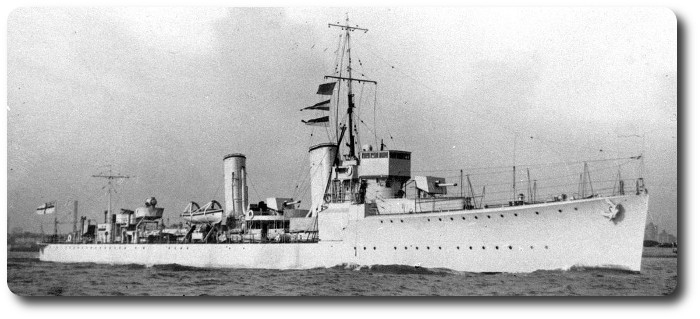
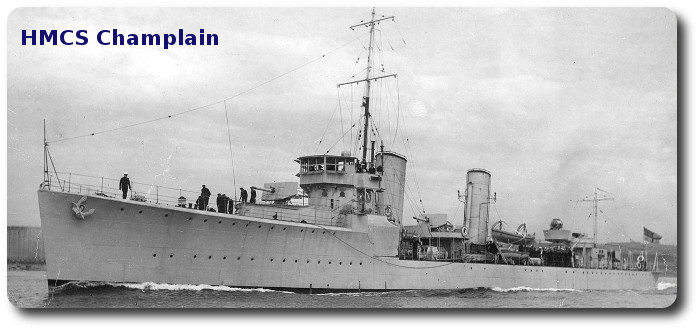
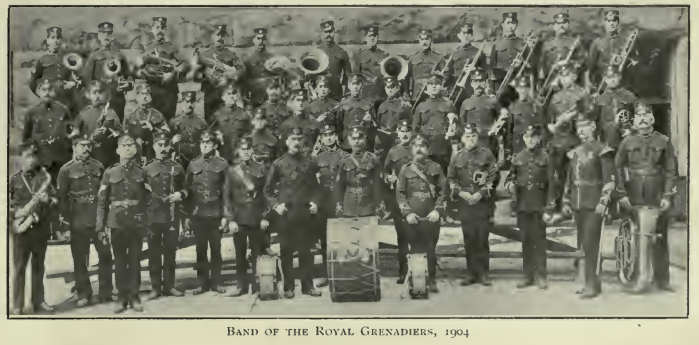

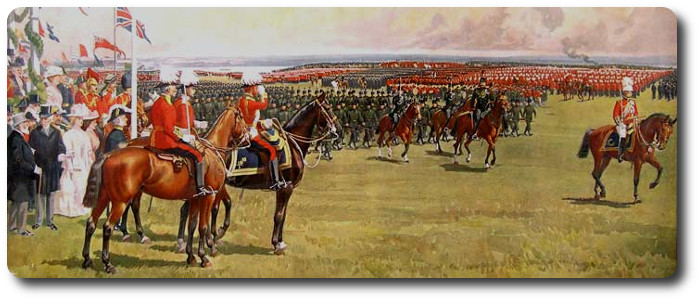
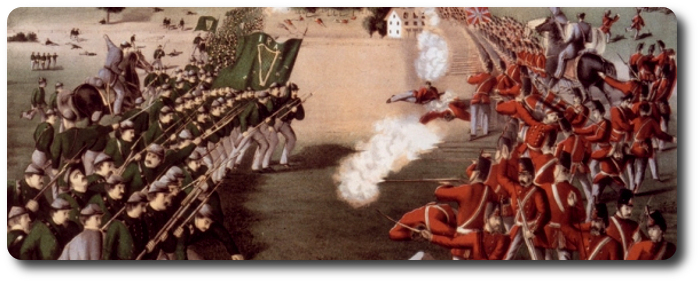

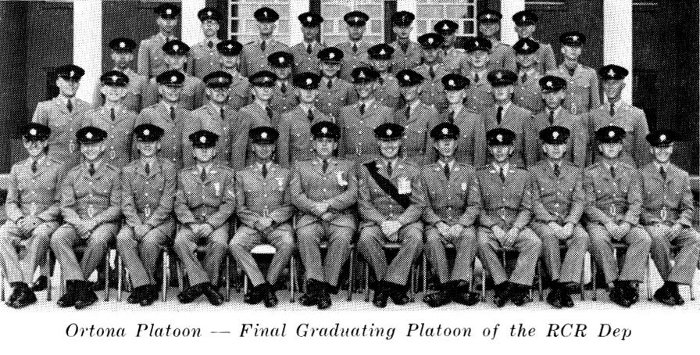
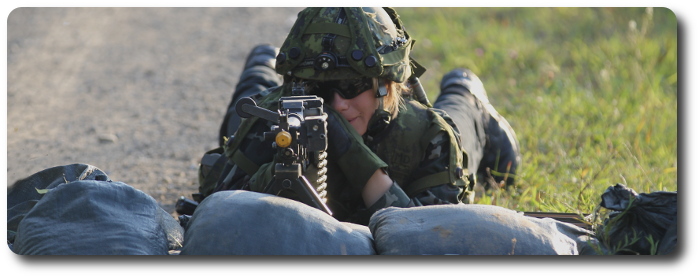
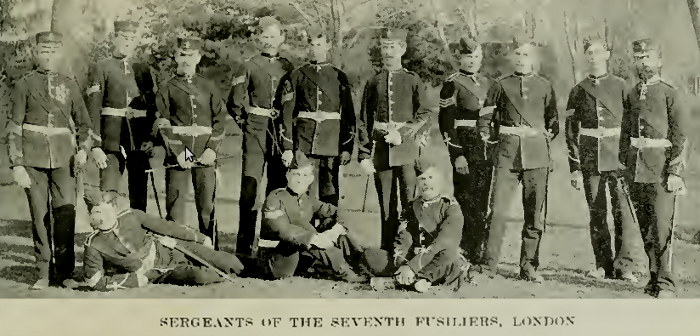



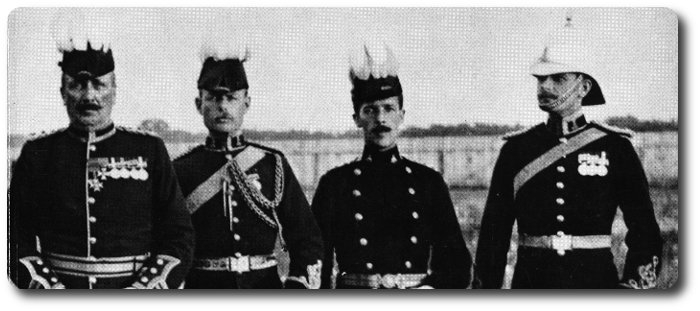
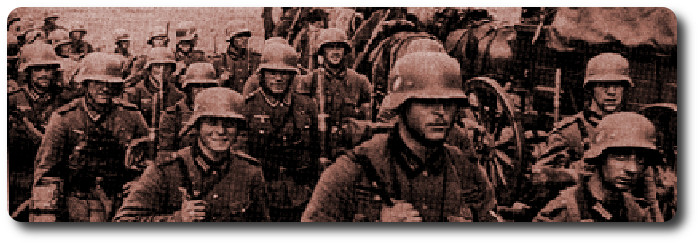
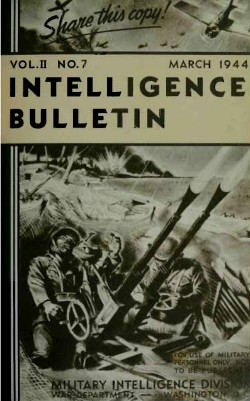 Several months ago the commanding officer of the Third Panzer Grenadier Division [General der Panzertruppen Fritz-Hubert Gräse] assembled extracts from two German Army manuals, one dealing with military leadership and the other pertaining to the training of officers, and ordered that they be distributed as a single booklet to the officers of his command. In a foreword the commanding officer said, "This booklet should always accompany my officers. It should become an indispensable possession. I expect them to take it out again and again, and study it until its contents have become a guide for their lives and actions. It should force them to test themselves, over and over, to see whether they are adequately prepared to meet the high—and often merciless—demands which will be made upon them.
Several months ago the commanding officer of the Third Panzer Grenadier Division [General der Panzertruppen Fritz-Hubert Gräse] assembled extracts from two German Army manuals, one dealing with military leadership and the other pertaining to the training of officers, and ordered that they be distributed as a single booklet to the officers of his command. In a foreword the commanding officer said, "This booklet should always accompany my officers. It should become an indispensable possession. I expect them to take it out again and again, and study it until its contents have become a guide for their lives and actions. It should force them to test themselves, over and over, to see whether they are adequately prepared to meet the high—and often merciless—demands which will be made upon them.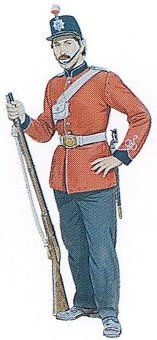 The daily ration of a volunteer should consist, as nearly as possible, of the following articles, viz.
The daily ration of a volunteer should consist, as nearly as possible, of the following articles, viz.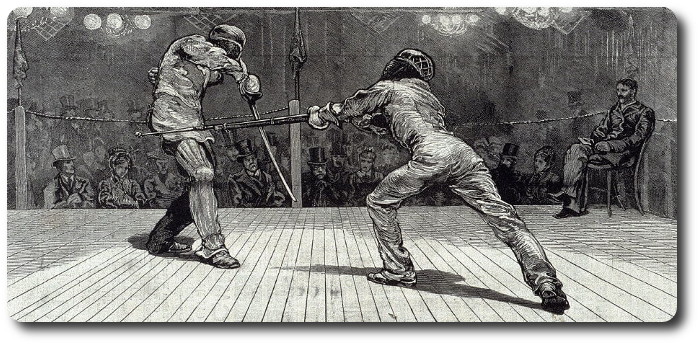
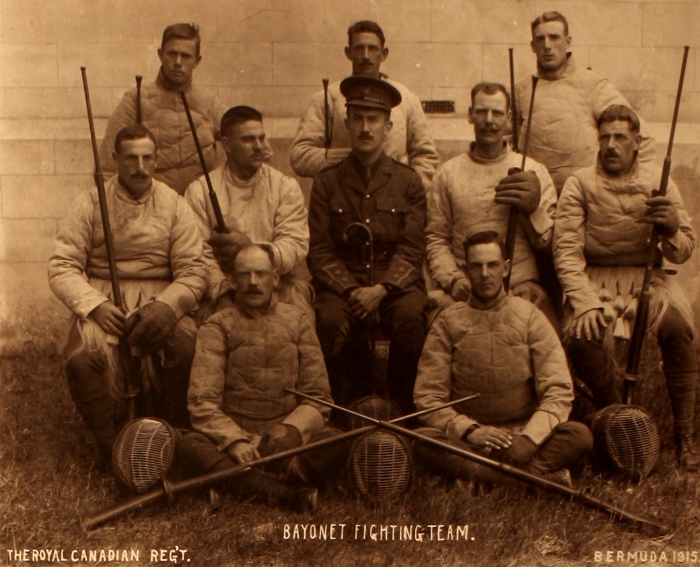

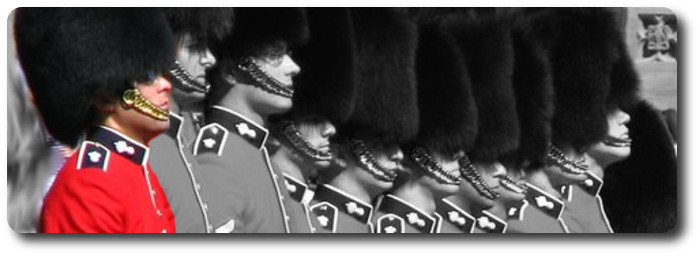
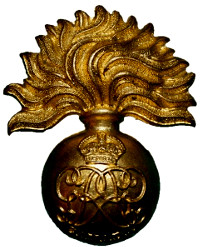 Eighteen years ago yesterday an army in khaki, with "Canada" on its war-worn buttons, carved its name in the rock of immortality at a spot in France that will live forever in the history of the ages—
Eighteen years ago yesterday an army in khaki, with "Canada" on its war-worn buttons, carved its name in the rock of immortality at a spot in France that will live forever in the history of the ages—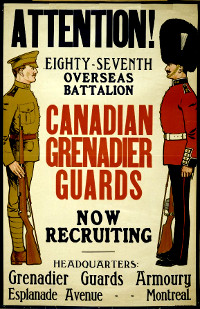 A tall young officer in scarlet and black "busby" stepped smartly across the floor as the armoury was hushed into silence, clicked his heels in salute and received from the hands of a fellow officer the wreath-topped Colour. He was Lieutenant P.F.L. Sare. Eighteen years ago his father,
A tall young officer in scarlet and black "busby" stepped smartly across the floor as the armoury was hushed into silence, clicked his heels in salute and received from the hands of a fellow officer the wreath-topped Colour. He was Lieutenant P.F.L. Sare. Eighteen years ago his father, 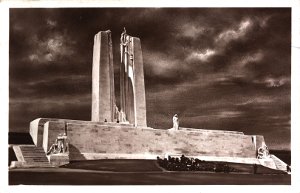
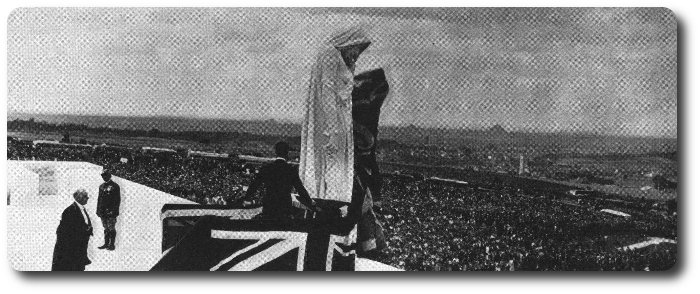
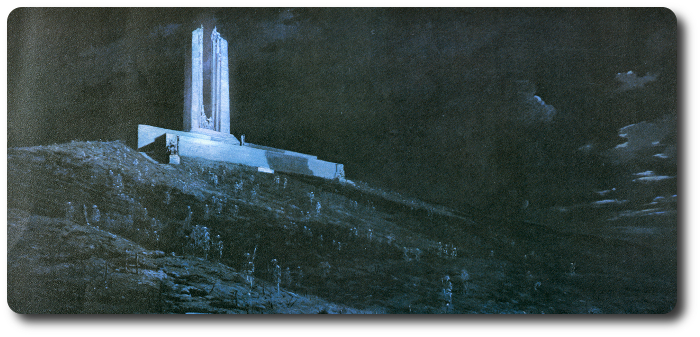
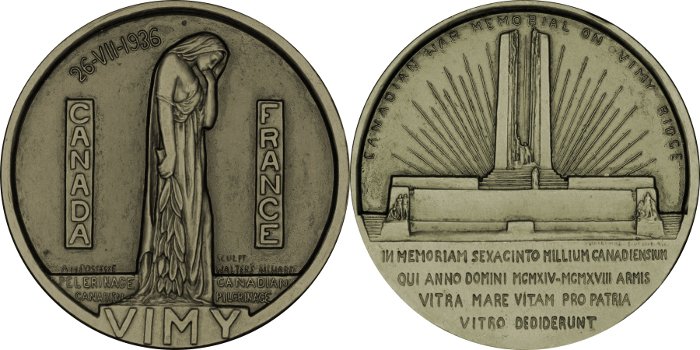
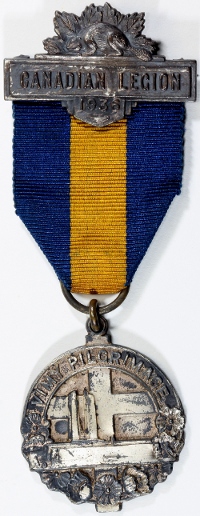 Seven sons of Nippon will march aboard one of the
Seven sons of Nippon will march aboard one of the 
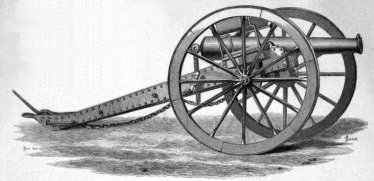 Land service artillery will be broadly considered as—
Land service artillery will be broadly considered as—
